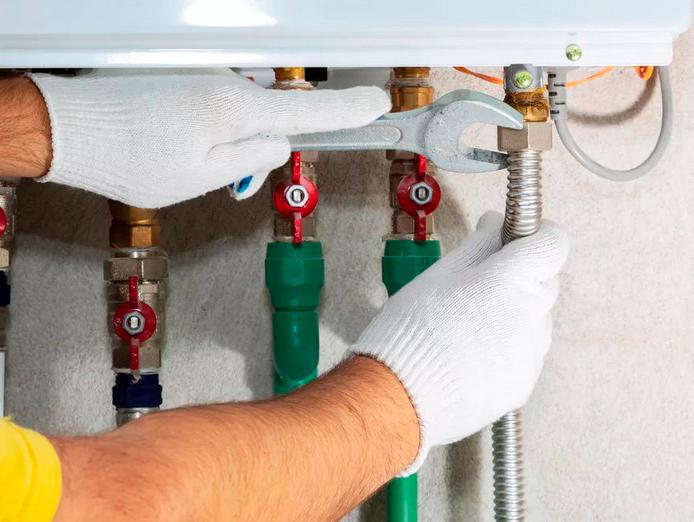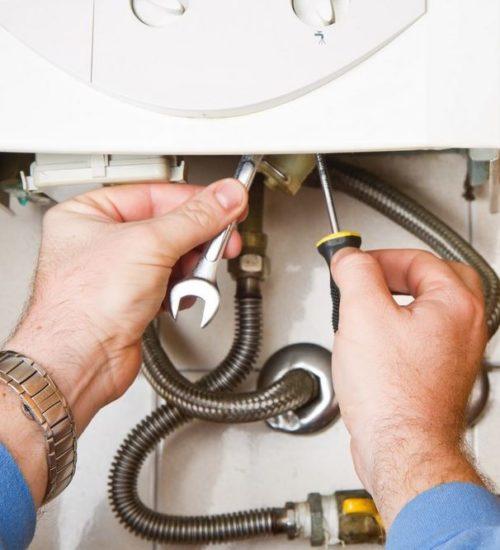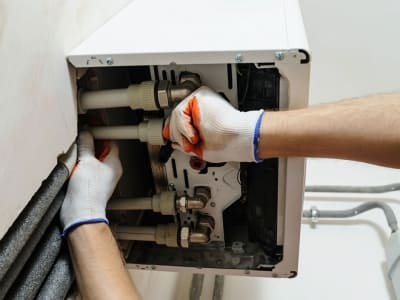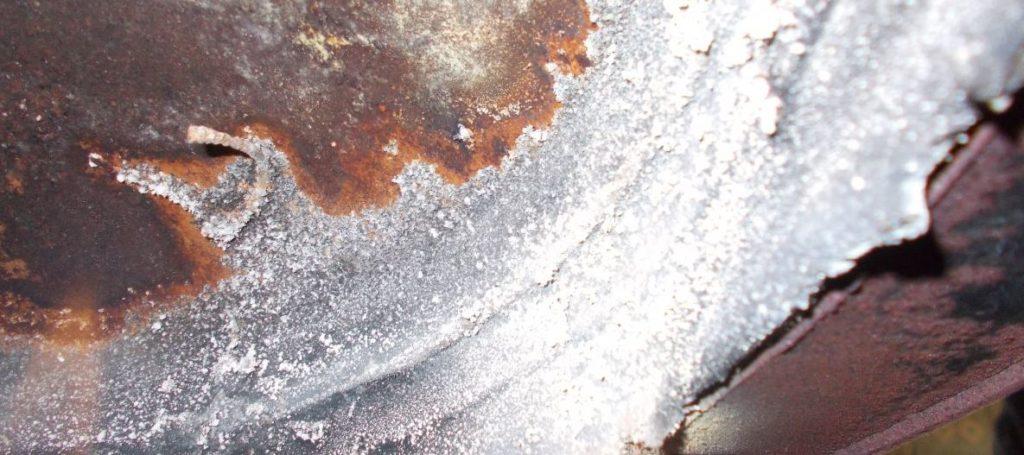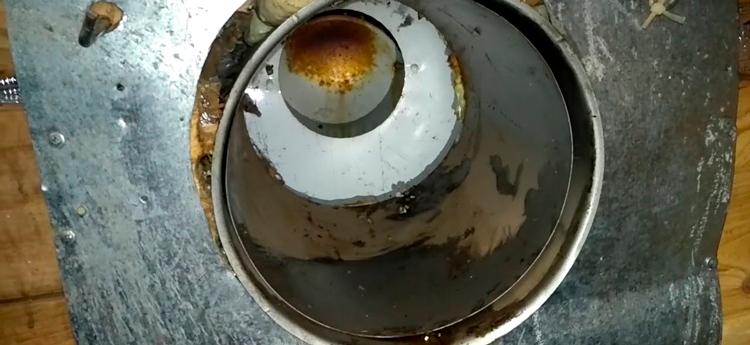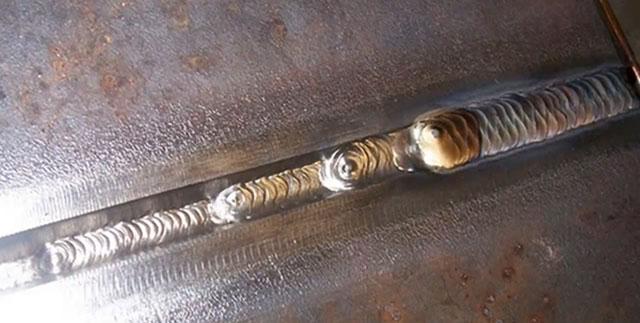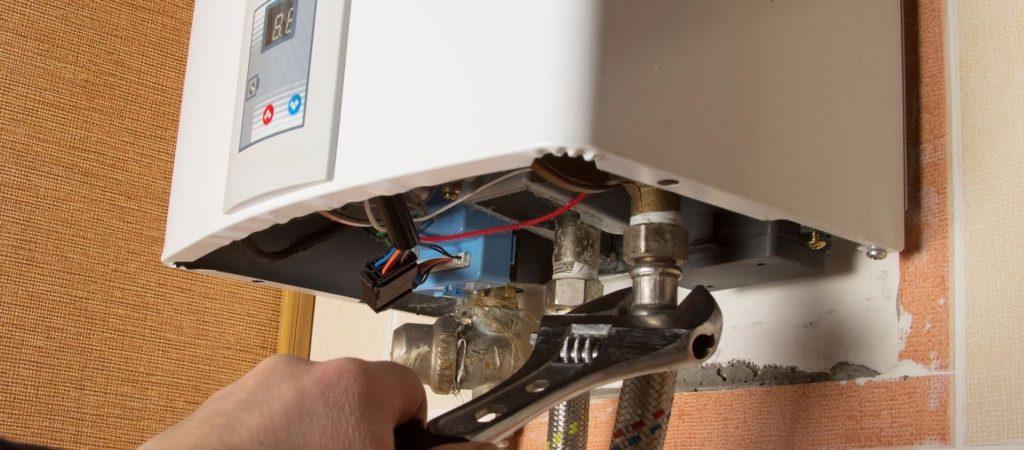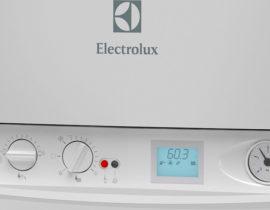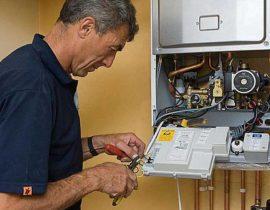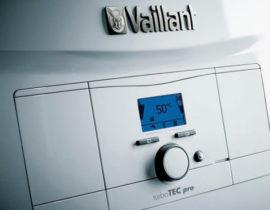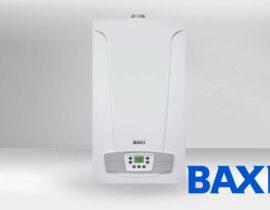Faulty gas equipment is a threat to life and health. If water flows from the boiler, then this is a sign of its breakdown, which must be eliminated as quickly as possible. In the normal state, the coolant is enclosed in a sealed system that cannot leak a priori. When sweat puddles are formed by the boiler, all measures must be taken immediately to eliminate this.
Content
How to determine the presence of a leak in a gas boiler?
If the problem is global and is directly related to a malfunction of the heat exchanger in which a hole has formed, then you will see a characteristic puddle of warm water under the boiler. But, if the leak is weak, then it will be quite difficult to immediately notice it.
These hints will help:
- Drops of rust on the floor under the boiler - indicate the presence of a depressurization of the heating system, due to which water flows out drop by drop. Not only a hole in the heat exchanger, but also poorly tightened nuts of the spurs can be to blame for everything.
- Leaks on the pipes that come out of the boiler - wall-mounted double-circuit boilers are subject to the problem. The problem must be sought, starting with the surges and ending with the heat exchanger.
- Reduced pressure in the boiler, but there are no obvious signs of a leak - this may be the case if your boiler operates at high temperatures. There is a leak, but very hot water evaporates quickly, without having time to form a characteristic stain on the floor.
There is the easiest way to understand that the boiler is leaking and identify this place. You need to take a piece of paper towel and first go through all the ridges, firmly pressing the paper surface. If drops of water appear, then the place of the leak has been determined, but an audit should be carried out in all parts of the heating system, not forgetting the radiators.
Often, a radiator is also installed at the installation site of the gas boiler, which can also leak, and the cause of the puddle that has formed is looked for in the boiler. First of all, you need to inspect all the joints and spurs, and then switch to the water heater itself.
Causes and provoking factors
Main reasonsthat can form a leak in a gas boiler are:
- A hole in the water heater - caused by metal corrosion, which especially often haunts those units that have been in continuous operation for more than 10 years. With frequent contact of water with a metal surface, rust is formed, which gradually corrodes the water heater. At first, it will be the smallest hole that will not make itself felt for the time being. But at one fine moment a hole
 will reach an impressive size, which will be impossible not to notice with the naked eye.
will reach an impressive size, which will be impossible not to notice with the naked eye. - Poorly tightened spurs and lack of tightness at the joints - water will leak constantly, forming drops that very quickly turn into puddles. This once again emphasizes the importance and necessity of the correct installation of the heating system.
- A hole in the water heater along the weld - factory defects are difficult to check or identify before purchasing equipment. Usually the problem occurs exactly when the warranty period has expired. It is almost impossible to prove anything in such a situation, but you will have to spend money on expensive repairs or replacements of this part of the boiler.
- Burning the walls of the water heater - this is possible if there is a constantly strong flame in the combustion chamber, which, with frequent exposure to the metal, destroys its integrity. Naturally, this will not happen in a week, but over 10 years of continuous operation it is quite possible.
Do not forget about such a problem as condensation. Often it collects on metal stalks or plastic nozzles, forming rather large drops that supposedly flow out of the boiler.
This is due to the lack of proper temperature in the room where the boiler is located. If it is lower than 10℃, and the water heating reaches 60-70℃ in the heating system, there will be a temperature difference, which is the cause of false alarm.
And now let's look at the provoking factors, which together lead to a malfunction of the water heater itself in the heating system:
- The boiler is working "for wear" - the maximum temperatures are set, the flame in the burner literally burns out the metal, forming perforations in it.
- Wrong boiler model selected, the power of which is not designed to heat a huge area of \u200b\u200bhousing. This happens when, in order to save money, for heating private residential buildings, not powerful wall-mounted boilers are bought, but low-power (7-8 kW) parapet boilers. The result is clear - a crazy waste of fuel and the work of the boiler for wear, which threatens with constant breakdowns.
- The combustion chamber is set so lowthat the high flame of the burner destroys the metal layer.
- Use of "living" water - water from wells and springs cannot be poured into the heating system, since a large amount of oxygen is dissolved in it. In turn, oxygen provokes the development of corrosion, which will cause a leak not only in the radiators, but also in the boiler itself. Experts recommend pouring only distillate into the expansion tank, but many users of gas equipment ignore this and put automatic make-up from the general water supply system.
- Sudden change in water temperature - when the system is completely cold water, and the burner flame is set to maximum. The sudden heating of water leads to a rapid expansion of the metal, which provokes cracks, especially in steel floor boilers.
- Lack of annual preventive cleaning of the heating element - a reagent is launched into the system, which dissolves scale, and also neutralizes rust in the water. If this is not done, the risk of leakage will be high already for the 3rd year of operation of the boiler.
Another important point is the cheap cost of the boiler. Imaginary savings, which is achieved through the use of sheet metal, prone to rapid oxidation with constant contact with the aquatic environment.
The reason for the formation of leaks on the slopes is an incorrect installation. More often this manifests itself when the installation of the heating system is carried out independently, without having the skill and experience.
Do not exclude such a problem as starting the heating system without a coolant. Metal overheats quickly and is prone to cracking, chipping, and other damage.
Before starting the heating system, always check the presence of water and also control the pressure. Start warming up from the minimum temperatures, constantly increasing the degrees.
How to fix a leak?
Not every breakdown in gas equipment can be repaired on your own.
Therefore, let's look at those problems that can be corrected without calling specialists:
- Tightening nuts at joints - the procedure is performed using a gas key. You need to tighten slowly, gently, but strongly enough. After all the manipulations, the work is checked with a napkin. If the leak continues, it may be necessary to replace the squeegee itself with a new one if the threads are twisted in it.
- Elimination of condensate on pipes - it is necessary to equalize the temperature in the room where the boiler is located. This is possible by connecting a new radiator to the heating system.
- Decreased Flame Height – if possible, the operating range of the boiler should be lowered to 45-50℃, and more batteries should be added to the system. This will not eliminate the leak, the water heater will have to be repaired, but in the future this approach will avoid repeated breakdowns.
If you have skills in working with gas equipment, then you can try to disconnect the heat exchanger yourself and check it for leaks. This should be done only if the leak comes from the bottom of the boiler, and a lot of water is released. If you do not understand the principles of the boiler, then it is better to call the master, who will fix the problem himself.
So, the sequence of actions, if the problem is in the heat exchanger:
- Turn off the heating system and wait until the water has cooled down.
- Drain all water completely. If the make-up system is automatic, then simply turn the tap handle.When the boiler is single-circuit and there is a separate expansion tank, water is drained from the last radiator in the system by unscrewing the nut.
- Disconnect the heat exchanger from the boiler, carefully remove it and inspect for external damage. You can independently pour water through the inlet and plug the outlet to understand where the very place of the leak is.
Further, the situation can be solved in several ways:
Cold welding
The leak should be well dried and cleaned. After that, quickly knead part of the plastic mass with your hands and apply it to the hole so that the diameter of the patch is 2-3 cm larger than the diameter of the through hole. Let it dry for a day, then install the water heater in the boiler and start the system at minimum temperatures
Advantages:
- quick and easy hole patching
- it is possible to solder several perforations at once, including seams
- relatively cheap repair method
Flaws:
- needs time to dry completely
- not suitable for all types of boilers
- does not work if the boiler operates at high pressure and high temperature
- there is no guarantee that the boiler will not leak in the future
Semiautomatic welding
The holes are cleaned and dried, after which seams and points are applied to the thinnest sections of the metal structure. Next, the seams are polished, overwritten, and the water heater is installed in the heating system and filled
Advantages:
- work takes about 15 minutes
- high strength and reliability
Flaws:
- not suitable in all cases
- need specialist help and equipment
Complete tank replacement
If the old one, after all methods of eliminating the leak, does not holds water under pressure, then it is better to change it to a new one.The process consists in buying a similar water heater and installing it in its original place
Advantages:
- full guarantee of no leakage in the future
- you can do the installation yourself
Flaws:
- Spending on new equipment
To get maximum confidence in the quality of the work performed, it is better to entrust them to specialists. They will not only quickly find the cause, eliminate it, but also give a guarantee.
Prevention
To reduce the risk of leaks in a gas boiler, you must adhere to the following recommendations:
- Do not ignore the annual preventive cleaning of the equipment, which will remove scale and rust from the inside.
- Set the boiler temperature correctly. It is better to have 4 radiators and keep the throttle at 3 than to have 1 radiator but set the throttle to 5.
- Select the power of the boiler, taking into account the heated area, as well as the presence of insulation of your home from the inside.
- Install and configure gas equipment only trust professionals.
- When buying a boiler, pay attention to its characteristics and cost. The cheaper the model, the higher the likelihood of its breakdown in the future.
- Check the pressure on the manometer. If it approaches critical levels, then you need to call the master and fix it as quickly as possible.
Do not forget that distilled water must be poured into the heating system. So metal structures from the inside will be less susceptible to corrosion.
Questions and answers
If the master insists and sees a threat, then it is better to listen to the recommendations and do it before the very hour X has come.
Dry the surface of the entire rudder, then apply a paper towel to the docking area. Hold for 1-2 minutes. If there is a leak, then it will show itself. For such a short period of time, condensate cannot form a priori. The squeegee can be slightly tightened with a gas wrench. If this does not help, then you need to completely replace it.
If the master sees the need to replace the water heater completely, then it makes sense to listen, since the problem may be not only in the presence of through holes. Not always welding, including cold welding, can guarantee the serviceability of the equipment.
Summing up, it should be noted that a leak in a gas boiler does not always occur due to a crack in the water heater. It is necessary to check all the joints of the heating system, as well as the health of the radiators. If holes are found, it is better to replace it, since welding will give a temporary effect, and you still have to spend money on installing a new heating tank.
Video tips for fixing leaks in a gas boiler


